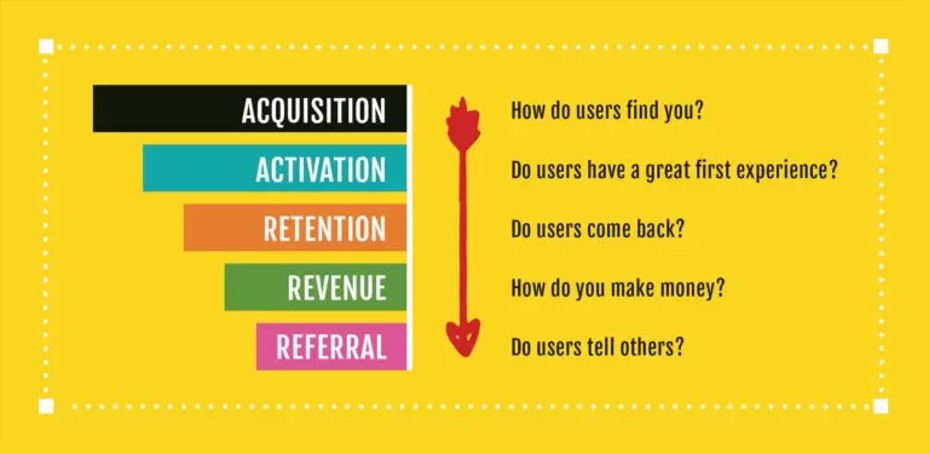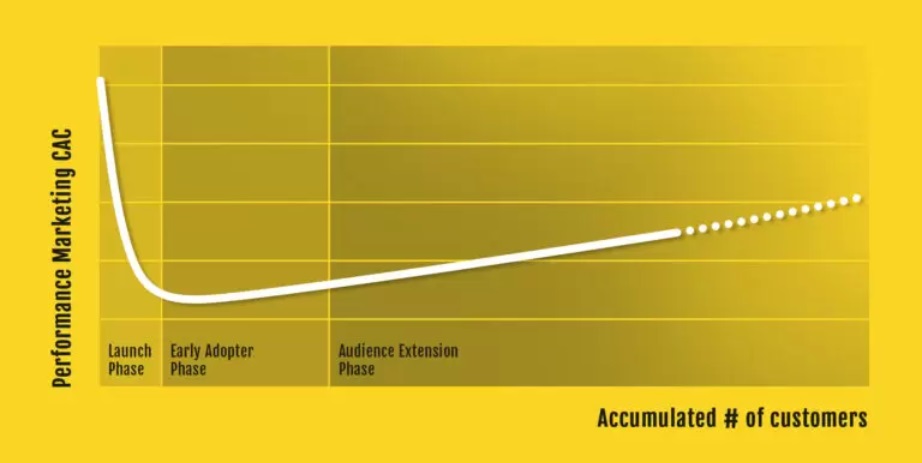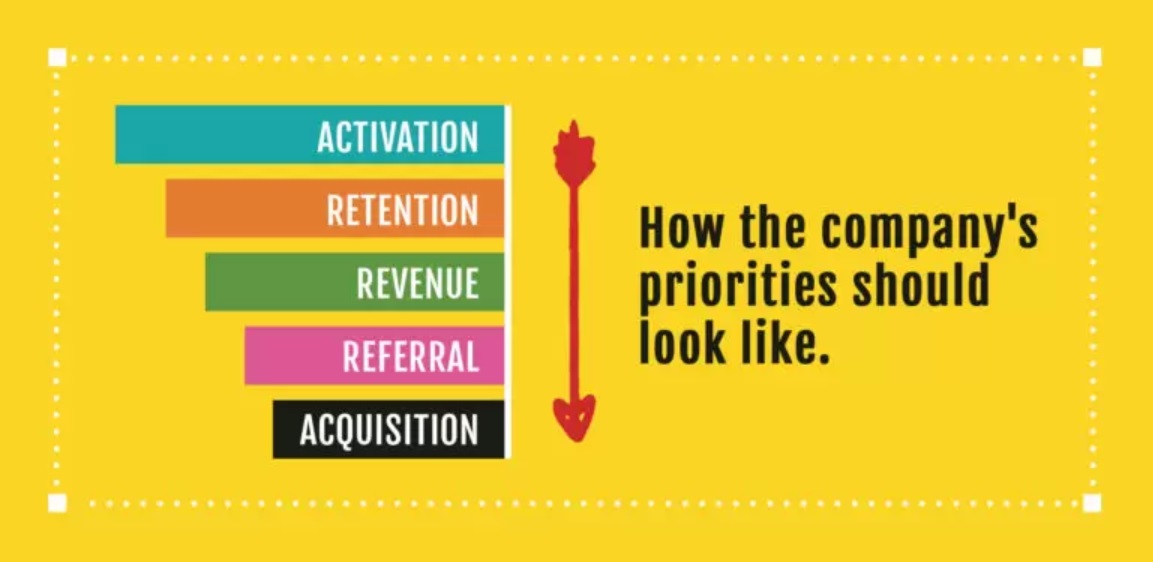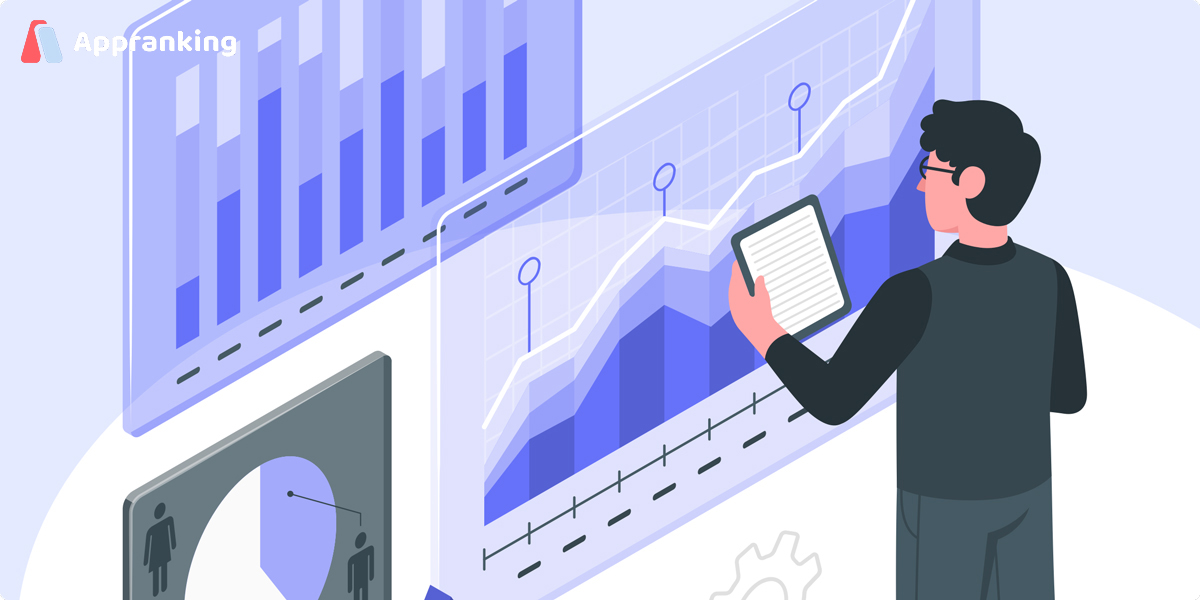Many people are very superstitious about the AARRR model and apply it to all marketing scenarios. But in 2022, app growth marketers might know that you should prioritize activation over acquisition if you want to see consistent growth for your mobile app!
Users Acquisition? Activation!
Most frequently, firms that aren't mobile-first or marketing managers who don't grasp other fields like product design, growth hacking, or marketing analytics exhibit siloed thinking regarding User Acquisition (UA).
We frequently have to explain the "Leaky Bucket" problem to our clients and assist them in fixing it. It occurs because advertisers frequently fail to recognize the fundamental issue causing the flat or even declining user growth curve of their mobile app, which is typically brought on by the product rather than acquisition.
When compared to Activation, Retention, Revenue, and Referral (AARRR), the other components of Dave McClure's renowned pirate metrics model, Acquisition is really the simpler aspect of building a mobile app.
The user flow is reflected in and represented by these five metrics. The truth is that the first one, acquisition, tends to take precedence for the majority of businesses. This framework's fundamental flaw is that it focuses on how users engage with mobile apps rather than how the business should prioritize its tasks.
If you place too much emphasis on acquisition, you'll get the leaking bucket issue!

The Full Funner app growth strategy
I usually suggest the Full-Funnel Approach when asked for my opinion on the best mobile app growth strategy. One of two outcomes results from analyzing the user experience using the data already available:
- The mobile app is functional, keeps users, and brings in money. It can be scaled.
- There are activation, engagement, and/or monetization problems with the mobile app. These need to be rectified before making an investment in user acquisition.
Scenario 1: A robust app that is prepared for scaling.
Strong metrics for mobile apps are uncommon, so the only remaining concern is how much they can scale.
The ratio of Lifetime Value to Cost Per Install (LTV to CPI) and the size of the addressable market are two variables that are directly related to the answer to the question.
The cushion against rising user acquisition costs before the UA finally becomes unprofitable is indicated by the (positive) ratio between LTV and CPI. Three stages should be followed when beginning to spend on sponsored UA on ad networks like Facebook:
- High CAC(Customer Acquisition Cost) at the launch phase as a result of limited knowledge of the best targeting, creatives, types of optimization, and lack of data for look-alikes, among other factors.
- Low CAC that includes learning and reaches the most pertinent consumers, such as Early Adopters, for the cheapest price.
- Increasing CAC brought on by the gradual exodus of the top users. As a result, the relevancy and quality of the user base decline, eventually rendering your user acquisition plan worthless.

The emphasis of your product is directly tied to the second factor—the size of the overall addressable market. On the one hand, a more specialized mobile app or game will draw more engaged users, but the prospective user base will be smaller. The attention of a much bigger audience that is less likely to really interact with you and less likely to want to pay for your good or service is being competed for by mobile apps with a broad appeal, on the other hand.
If you choose a small segment, the small size of the addressable market could be a significant problem. In certain circumstances, the potential market may be so limited that you won't be able to attract enough users or players to make up for the costs of creating, maintaining, and promoting your mobile app.
If you want to have a big hit, adopt the strategy used by SGG's creators. This very modest workforce of 45 individuals exemplifies the potential benefits of a methodical and data-driven approach to mobile business. They were able to scale a game that, at the time Zynga announced its acquisition of the Finnish business, was generating an amazing $400K in daily income.
Scenario 2: A mobile app experiencing issues isn’t ready for scaling
Some product problems are simple to resolve. Even significant changes to the product proposition won't always be sufficient to keep it alive. The hardest aspect for any product manager is determining whether or not your app can be saved.
Activation is the most important key measure, and fortunately for you, resolving flaws at this stage is typically less expensive than dealing with problems with long-term retention or monetization. If you are unable to address the reduction in conversion at the activation stage, the value proposition must be significantly altered—or the product must be killed.
Without getting users to realize the value of your product, they won't come back, which will make retention, referral, and revenue nearly impossible. The most leverage comes in the activation stage of the customer lifecycle; if you could boost your conversion rates there, it would be much simpler to lower your cost per acquisition and provide them with a positive experience that encourages them to come back.
You should only concentrate on retention if you can clearly see that your product/market fit is favorable and there is a healthy activation ratio (at least 80% of completed onboarding; however, this figure greatly depends on the app category and the acquisition source).
Retention optimization should be approached gradually. Fix Day 1, Day 3, and Day 7 retention issues to increase truly long-term involvement. In the mobile sector, your chances of successfully monetizing are significantly increased if you can keep users engaged at a high rate. It won’t happen overnight—it took 8 years for Facebook and over 3 years for Snapchat to develop monetization models. But if you approach it correctly, you can get incredible outcomes. Amazon is one such instance, with analysts estimating that Prime's yearly retention rate is over 90%!
The new mobile growth handbook
I find it interesting to wonder whether McClure's well-known metrics are in the correct order after considering the Full-Funnel approach. Yes, if you approach it from the standpoint of the consumer journey. If you are focused on the company's priorities, I would venture to say the answer is no.
As a marketer, I might be shooting myself in the foot by suggesting that increasing the user base, or acquisition, should be the CEO's final priority. But that's what I think. I've successfully promoted and made money from more than 50 mobile apps, which has caused me to reorder the pirate stats as follows:

While activation is where you can make the most significant increases in user retention and all related metrics, high retention means you're not simply renting users but also turning them into die-hard followers. Everything else, such as money and acquiring cost-free referrals (often known as the "magic virality"), may be sorted out once you're effectively keeping your consumers.
This strategy will yield the maximum potential return on investment for every dollar, euro, or pound spent on acquisition and is by far the most cost-effective for your budget. It doesn't imply you can't conduct any acquisition campaigns till the product is entirely optimized, which you never will be because the process is never-ending.
You obviously need a statistically significant number of users to collect data and assess changes. But you must spend it intelligently in order to learn, modify, enhance, and – only then – scale. And instead of wasting money on paid-for UA, invest in less expensive strategies like ASO, cross-promotional activities, or features if you need to expand even with a leaky bucket.
Conclusion
The purpose of this piece is to explain how startup CEOs and founders should consider growth priorities. The message is: "If you want to expand, activation should be where you start, not acquisition." The biggest improvements in all the following indicators, including a sizable impact on your cost of acquisition, are made by retention and activation, respectively.
Empower your team with our App Marketing Intelligence
Free forever. Cancel anytime.



